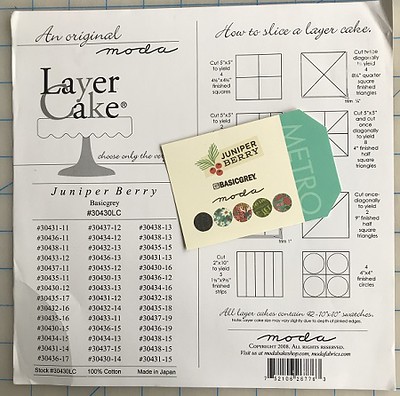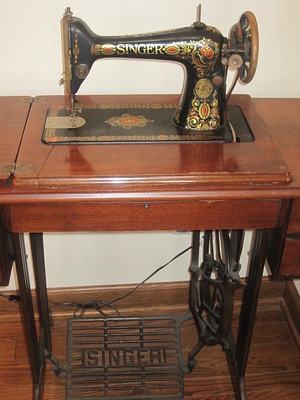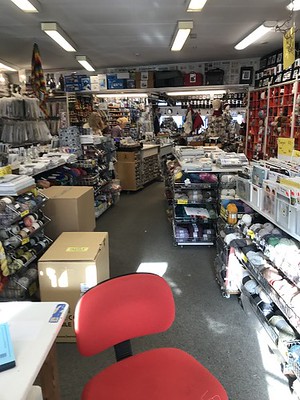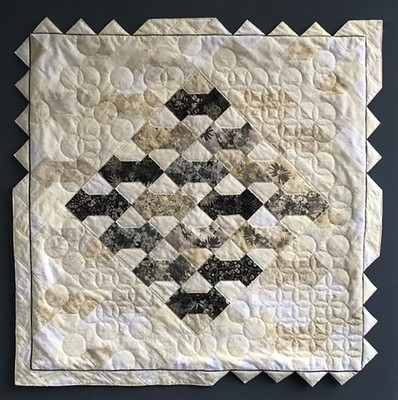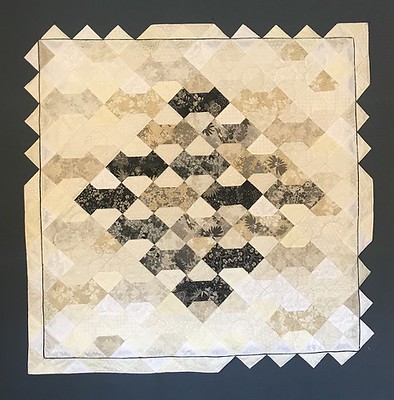Reproduction fabrics
I find it difficult to identify exactly what "reproduction fabrics" means. Is it a copy of a vintage fabric or is is inspired by vintage fabrics? It looks like the term covers both. Moda always mention a Moda designer for their fabrics. Why do that if it's a true copy? Another thing I find confusing is if it's American vintage or British vintage fabrics.
Helene Juul mentions an Australian shop that seams worth looking into: Sommerset Patchwork. The owners, Karen & Paul Styles says: "We specialise in carrying complete fabric collections reproduced from the fabrics of the 1800s, and particularly from around the American Civil War period. More recently, some of the fabric lines have been designed to reflect a softer English influence." Still there don't seam to be a straight line between "copy" and "inspiration". Neither when talking about fabric design or quilt/patchwork top pattern.
Resources:
- Eileen JankheTrestain: Dating Fabrics. A Color Guide 1800 - 1960
- Reproduction dot com: An online source of cotton reproduction fabric for costuming and quilting. Fabric of time periods 1775 to 1950, including the Civil War and Depression Eras. Consulting for costumers/historic homes. Custom sample sets available.
Online 24/7, open to the public 10-3 W-Sat: https://www.reproductionfabrics.com/


